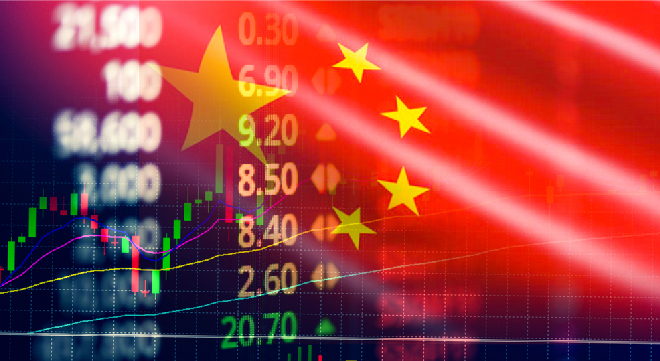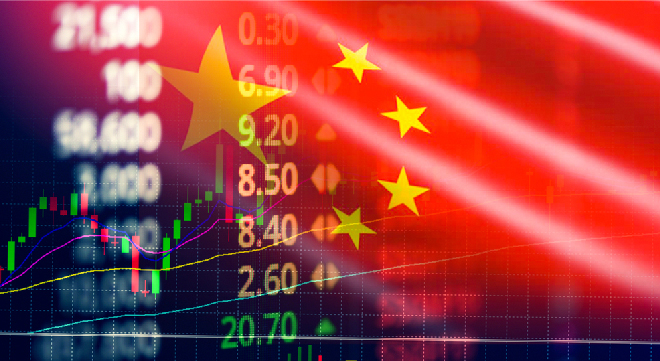While global diversification remains important, it’s generally accepted that investors should avoid buying when global markets are at their most expensive. However, “expensive” remains relative, says Duncan Lamont, the head of research and analytics at Schroders.
The US remains “outrageously expensive”. But, except for the first few months of 2020, that has generally been the case over the past few years, Lamont says.
US stocks have struggled very recently, but this has been spurred more by the sensitivity of the market to a sharp rise in bond yields than to something that could be attributed to a valuation-driven sell-off.
Japan and the UK, the two markets that performed best in September, hinted at offering some reasonable value, Lamont says.
Japan was up by 4.5% and the UK was flat, while US stocks fell by 4.7%.
“If you were feeling generous, you could possibly argue that valuations may have played a part. But I wouldn’t overdo it. The UK benefited from having a relatively large exposure to the energy sector against a backdrop of soaring energy prices. And Japan gave up most of September’s outperformance in only the first few trading days of October.
“Plus, as all sensible investors should know, valuations are useless at predicting short-term moves in markets, even if hindsight sometimes tempts us to explain them that way.”

The case for emerging markets
Emerging market equities have become less expensive by a fair amount recently – mainly because of tumbling Chinese stocks. “Relative to developed markets, they are cheap – not ridiculously so, but better value than they were,” Lamont says.
He says this highlights an important point about investing in emerging market equities.
“China makes up more than 30% of the market, and the combination of China, Korea and Taiwan more than 60%. They completely dominate headline performance and valuations. But this downplays the great diversity on offer.”
Emerging markets in Europe, the Middle East and Africa (EMEA) have returned more than 20% this year, while Asia and Latin America are both down. And within Asia, India is up almost 30% and Taiwan almost 20%.
In Latin America, Argentina has soared (+20%), while Brazil struggled (-12%).
On the valuation front, Lamont says, there are similarly many differences between emerging markets.
Asia is the most expensive region, although not to the same extent as it was, as stock prices in expensive sectors have fallen sharply this year.
Latin America is the cheapest region, driven by a marked increase in earnings expectations in the materials and energy sectors.
In EMEA, some countries are very cheap, while others have more neutral valuations.
“I’m increasingly convinced that we do emerging markets a disservice by lumping them all together and talking about them as if they were a homogenous block. To be clear, I’m not suggesting that everyone should build a portfolio of individual countries. The effort to work out the right mix and manage it on an ongoing basis is too much for most people to want or be able to do. But we should at least think more about what’s going on beneath the bonnet,” says Lamont.




